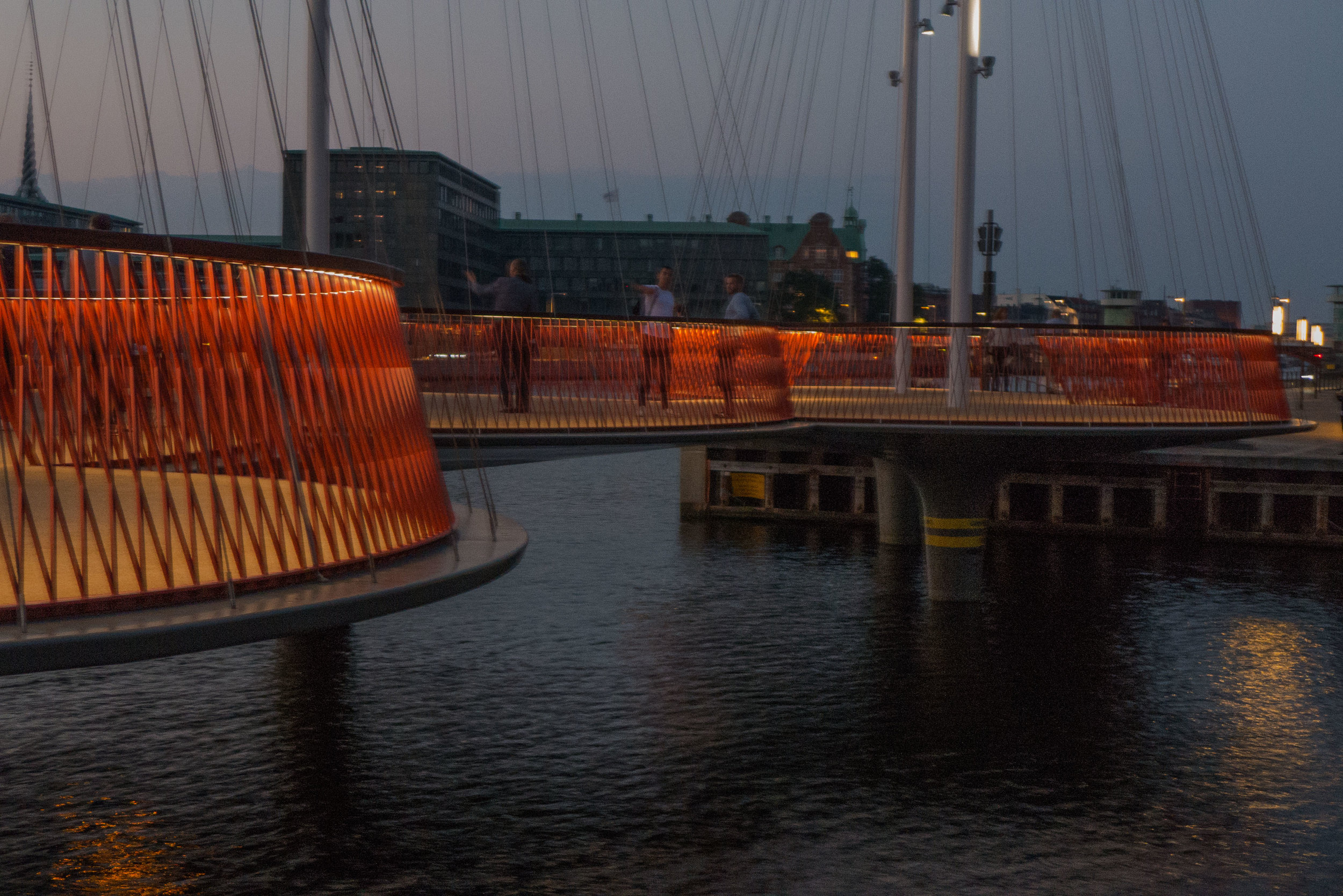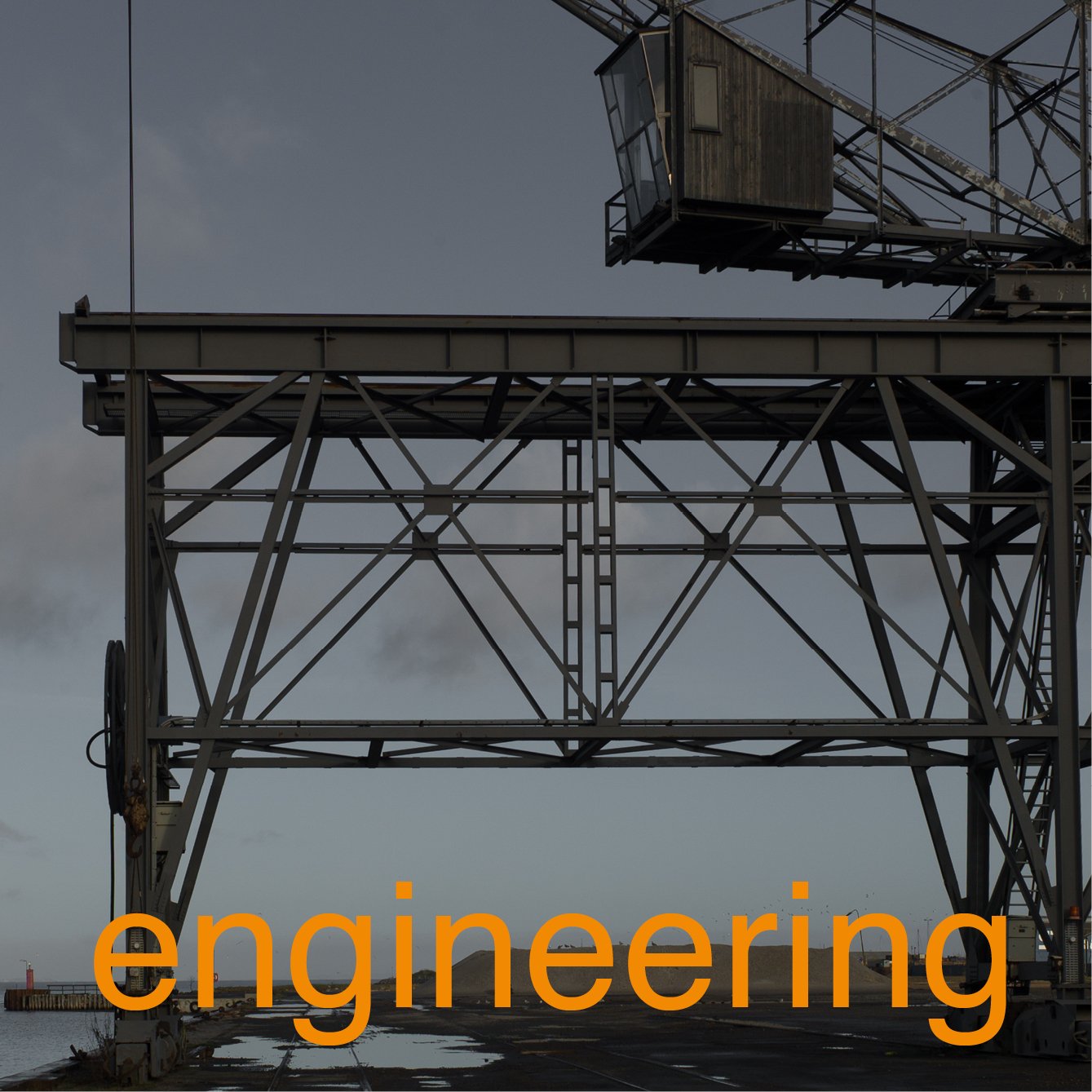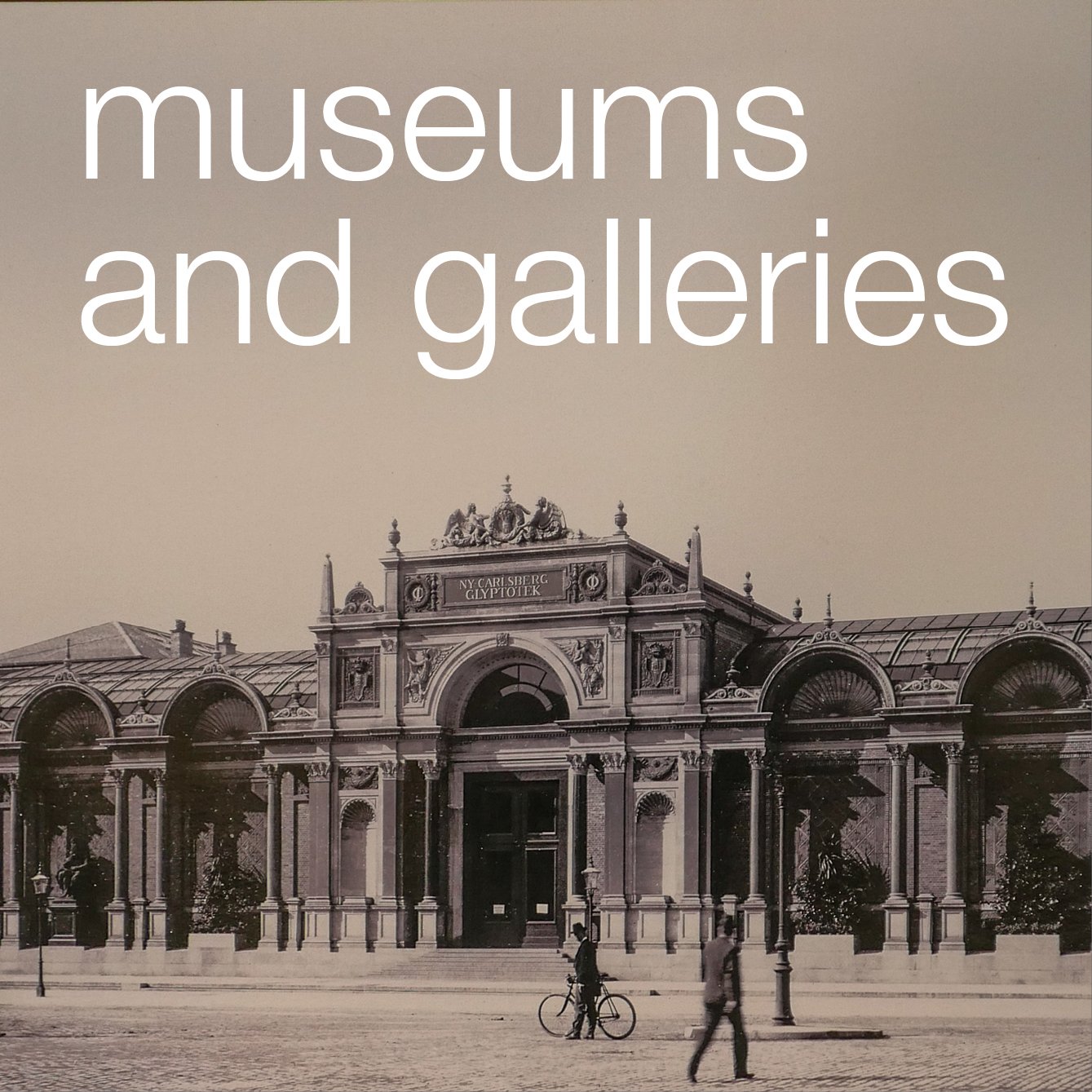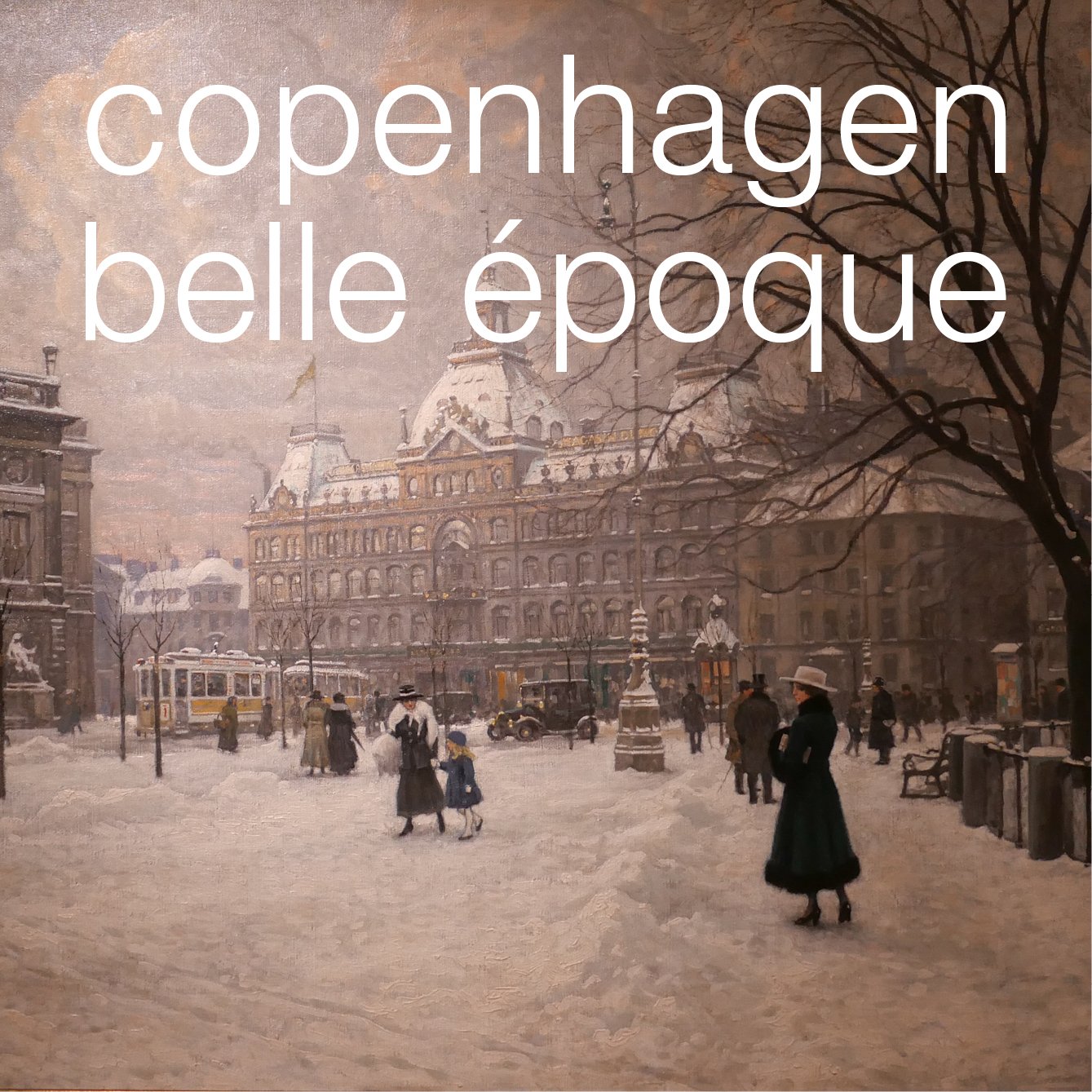is design all in the concept ....
/For any design - a design for a building, a chair or a teapot - the starting point has to be the idea, the concept. It is that first attempt to imagine the what and then think about the how.
If you are cynical or pedantic or just being realistic - in this tough world - you could argue that a commercial design actually starts with the commission and the contract but for me what is fascinating about looking at a great design is to try and understand that initial concept and to see how it was realised.
My apartment is about 200 metres from Cirkelbroen - The Circle Bridge - that was designed by Olafur Eliasson and completed in 2015. So whenever I walk into the city I either see the bridge at the end of the canal or I actually cross over the bridge to get to Islands Brygge or get to the west part of the city centre.
When it first opened I thought it was stunning … and to be honest also rather useful as it made it possible for the first time to walk from Christianshavn on south along the harbour … but mainly I thought that it was stunning.
Unique as well. Elegant and curiously delicate, almost ephemeral, when seen in sunlight but particularly if it is misty or the light is failing at the end of the day - but at night somehow stronger and much more dramatic.
Sometimes a clever idea for a design looks exciting the first time you see it and then you begin to think well so what and then it becomes just part of your streetscape, maybe even a bit mundane or worse, because when the novelty wears off, you stop even seeing it.
That is certainly not the case with the bridge and, living so close, I have the opportunity and sometimes find time to watch and see how people react to the design … so, for a start, it is obvious when people are seeing the bridge for the first time.
It is fascinating but not surprising that the city - because of the prominent location - wanted and commissioned something much more than a basic bridge that could be raised or swung open to let boats sail out from the canal into the harbour.
And I guess it’s not that surprising that Nordea-fonden were sufficiently taken with the design to finance the work as a gift to the city but, at some point, someone, some how thought about commissioning Olafur Eliasson - the Danish Icelandic artist - to come up with the concept for the form and design the bridge. That is interesting.
His studio is in Berlin and his work challenges you but in a way that is subtle rather than hectoring or shocking. You seem to get drawn in and it is at that point, once you are involved, that you start to question your assumptions or question what everyone, including you, just accept without thinking.
For The River Runs Through It at Louisiana in 2015 the galleries were filled with rocks and gravel - scree from Iceland - with a stream running down the centre through the rooms. In the first space the rocks simply covered the floor but as people walked further in most seemed to slow down, look carefully at different rocks, touch the water, and slowly you could see people realising that in climbing up slowly through the series of galleries, they had just ducked to get under a doorway that they knew to be 4 metres or more high and then you began to see just how monumental the installation was and how radical and how it challenged your perception of what an art gallery could or should be and then question what we take for granted as being inside and what should or should not be outside.
Cirkelbroen if you let it slow you down on your walk - or on your bike - it makes you look in a different way at the harbour and it really doesn’t work like you expect a bridge to work.
The basic concept is that rather than a single arch over the canal, there are a series of five interlinked but offset circles set horizontally to form the deck. This is, in part, the way people are slowed down … so for cyclists it should be more than racing up the ramp, sprinting across the top and racing down the other side … although some do that … and in part it is so that people walking can stand to one side, on one of the great outward-curving bows, to look at the harbour or to look along the canal and watch the boat traffic there.
Each of the circles has a tall mast at its centre and there are wires down from the top of the masts to the deck, held taut, like standing rigging on a sailing ship so, as you approach along the quay, you have the impression or perhaps, - even less tangible - an echo or a sort of ghost of the large masted boats and sailing barges that in the past docked along the harbour as they unloaded and loaded. Large sailing ships still come into the harbour so you can sometimes see what the harbour must have looked like when this really was a working commercial port. But because the masts on the bridge are off set then this never becomes a pastiche … never an attempt to look like a boat docked here … simply an evocative impression.
The railings of the bridge are inside the wires and are set to slope inwards to respect the angle of the rigging so again, with the timber hand rail, there is an echo of the railings of a ship but, because of that angle inwards, more dramatic.
And when the bridge opens there really is a sort of magic. Bridges should clink and clunk and chains should pull. Most bridges that open do that. Cirkelbroen glides and, because of the circles and the masts, it seems to pivot and spin. That’s the brilliant part of the concept.














